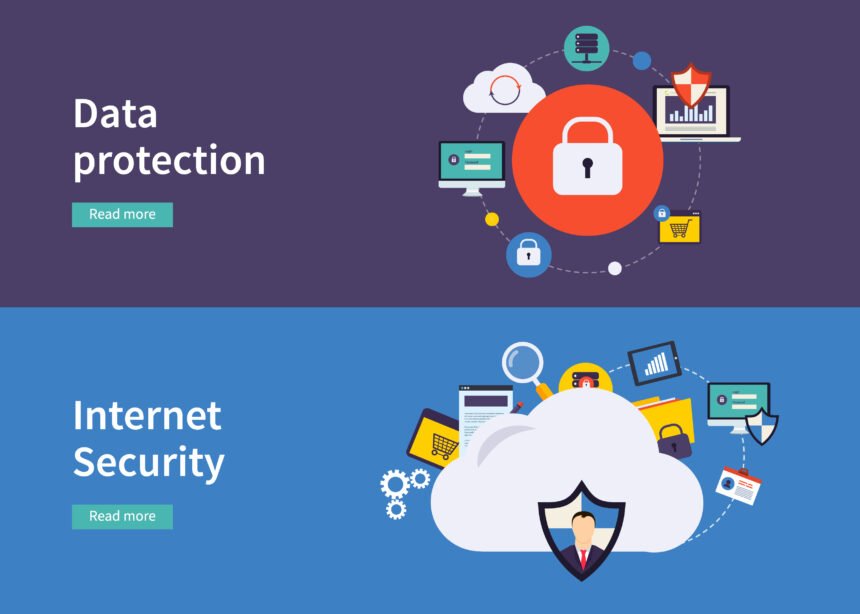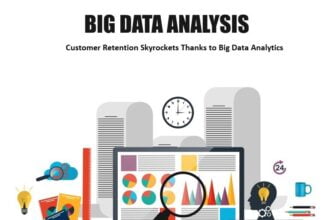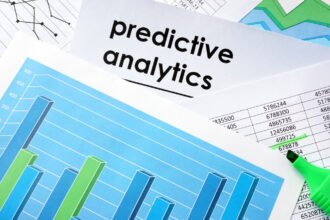Big data means a large volume of structured and unstructured data that inundates a business every day. According to experts, big data and data analytics play a key role in the success of businesses and organizations worldwide.
Big Data is Getting Bigger
It has been predicted that by 2021 global IP traffic will reach an astonishing 3.3 ZB. And 1.7 megabytes of new information will be generated every second. Much of this web traffic will be organic, but it’s possible that companies will also buy website traffic in order to run A/B tests, generate buzz around new products, or inflate the stats of their site. Both the paid and organic data collected by businesses comes from social media, machine to machine data and business transactions. The availability of so much data might feel overwhelming at first. But if corporate data acquisition teams can collect relevant information for their counterparts in data analysis, the results can be powerful. Companies and brands can increase awareness, refine their marketing strategies and improve the ROI on their marketing purchases.
Securing Your Company’s Big Data Treasure Chest
The digital world is fast evolving and more and more big data metrics are being introduced. With this, businesses and organizations can now easily acquire important information about their customers. IT companies that employ web traffic geeks offer software that safely stores important information and insure safety against potential threats by hackers. Big data has become a big target for hackers. In the US there have been news headlines like “Target Corp. Data Including 360M Customer Accounts Breached”. After a breach, this information is made available to the cyber black market. And it isn’t just traditional hacking attacks. Strategic data sabotage is a growing threat as cyber-criminals become more creative. Incredibly, big data could become both the goal of hackers, and a key part of the solution that keeps hackers out. New tools are being developed to take into account the complexity, speed, size and the variety of data that’s generated on the web – this information could be used to expose cyber-attacks. A well-designed visual representation of recently created data will help firms uncover vulnerabilities. Real time analytics are important in making strategic decisions, especially in terms of security. In data- centric security, one’s platform must possess the ability to process all data that goes in and out of the network in real-time. There are IT companies that offer security solutions combining analytics, visualization and data transformation that allow several data pools to be cross-referenced in a single platform.
Big Data Created by Network Activity Requires Real-Time Analysis
By combining all these and putting sensors to gateways of the IT infrastructure, algorithms will now detect inconsistencies and anomalies and then immediately alert the end-users. Threats and intrusions can now be easily exposed. New indicators are now being generated to inform systems of future hunts. Cybersecurity can be expensive. The hardware used to administer the processing of data can be costly, but the software and other services may prove more cost-effective thanks to market competition. The total cost will have to be weighed against the value of the assets one is protecting. When it comes to cybersecurity, it’s better to be insured against waking up one day to find your company’s reputation in ruins. And when it comes to reputation management, big data can be used to better determine what customers are saying about their business and products. Using marketing analytics, this can help promote new products and services in a more innovative way. And, that same data can be used to secure the data systems used by your company. In conclusion, big data is both a blessing and a curse. Don’t let your company fall behind the competition by failing to pay attention to trends and new network traffic. By collecting real-time data and then analyzing it for both network security and real-time marketing guidance, your company can grow at the speed of data creation – and that’s pretty darn fast.










